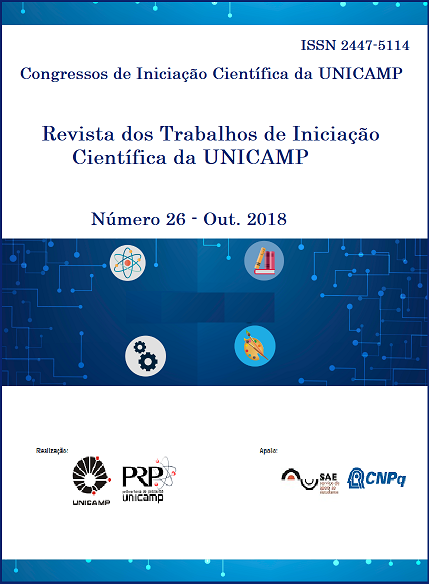Resumo
The present project consists in the formulation of a model of the evolutionary path for human language, formalizing the relations between different units and cognitive operations that made this ability possible. The model proposed here assumes that language comes from the merge of two communication systems observed in nature (Expressive and Lexical types), also known as the Integration Hypothesis (Miyagawa et al. 2013). The goal of this model is to delineate how these two systems were combined. For this purpose, we use the Applied Evolutionary Epistemology, (henceforth AEE, Gontier, 2017) to verify the logical validity and the coherence of representation of the Integration Hypothesis for language evolution. AEE is a scientific and philosophical methodology used to drive research on evolution, offering a way to define the units, evolutionary mechanisms and levels involved in the emergence of an ability, ensuring the explanatory power of an evolutionary model. After the formulation of the model, it will be confronted with data from the fields involved in linguistic analysis and human evolution (i.e. archeology, neuroscience, pidgins and creoles, language acquisition, cognitive science), to evaluate if the units, levels and mechanisms of the model still hold.The research — in progress — which indicates that ontogeny and phylogeny are related in merge of the two communication systems, lies in a new field called Biolinguistics.
Todos os trabalhos são de acesso livre, sendo que a detenção dos direitos concedidos aos trabalhos são de propriedade da Revista dos Trabalhos de Iniciação Científica da UNICAMP.

